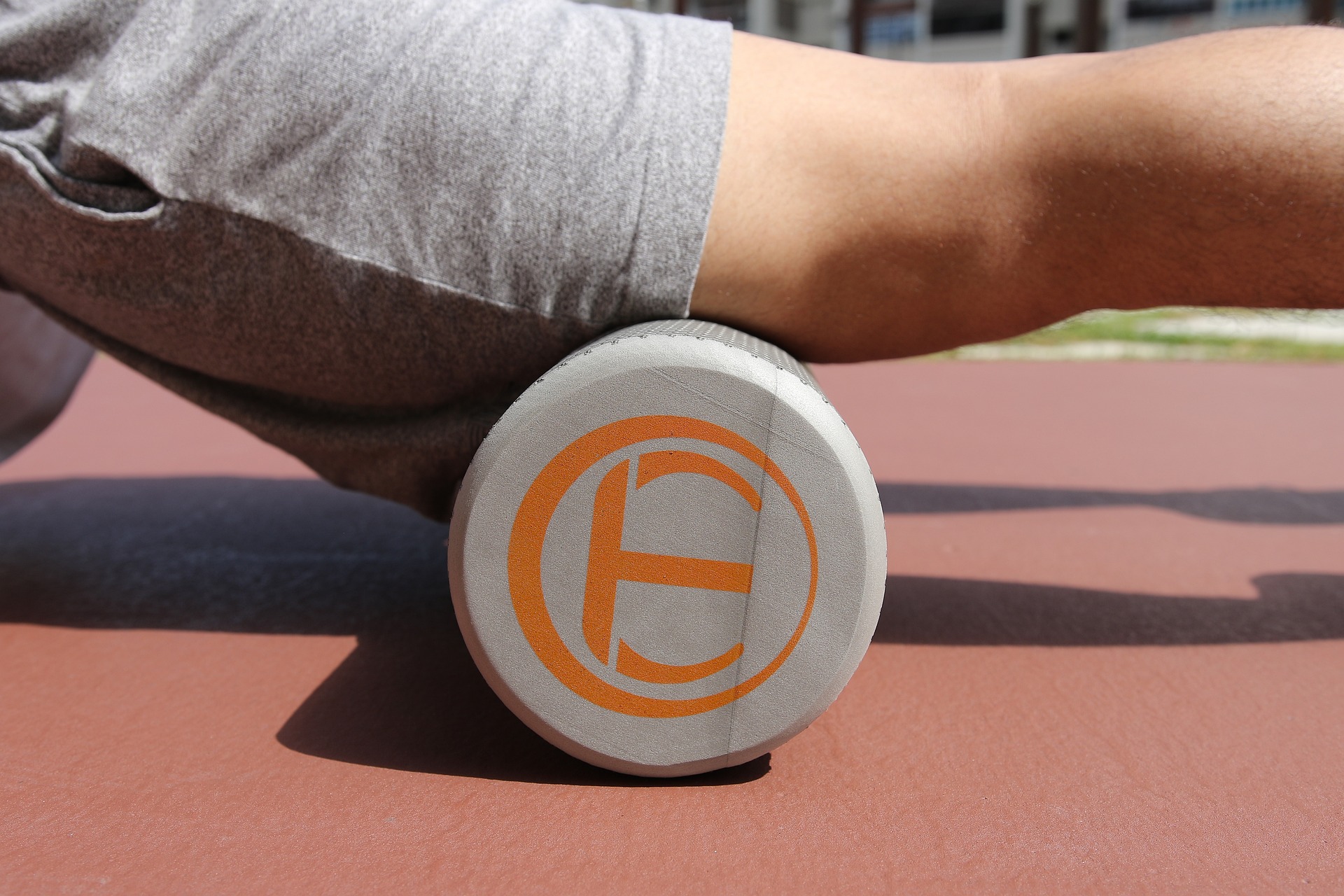At-home massage techniques to promote circulation and recovery
At-home massage can be a practical way to support circulation, reduce muscle tension, and speed recovery between workouts or after long days. Simple techniques, combined with attention to hydration, sleep, and basic skincare, help the body clear metabolic byproducts and restore comfort. This article outlines safe, effective methods and explains how massage fits with stretching, nutrition, and recovery routines.
How does massage support recovery?
Massage stimulates blood flow to soft tissues, which helps deliver oxygen and nutrients while assisting the removal of metabolic byproducts that accumulate after exercise. Lymphatic-directed strokes can support fluid movement and reduce a sense of heaviness or swelling. For at-home practice, use moderate pressure and slow, rhythmic movements over muscles rather than directly on joints or bones. Combining massage with rest and adequate sleep improves the body’s capacity to repair microtears in muscle fibers and supports overall recovery without relying on aggressive or painful techniques.
What role do stretching and mobility play?
Stretching and mobility exercises complement massage by keeping tissues pliable and reinforcing the range of motion gained from soft-tissue work. After a brief massage session, active or dynamic stretching helps integrate relaxed muscle tone into functional movement patterns. Focus on controlled movements that target the same areas you massaged—for example, calf and hamstring stretches after lower-leg work. Mobility drills that gently move joints through their full range reduce stiffness and the risk of compensatory patterns that can prolong recovery time.
How do hydration and nutrition aid recovery?
Hydration supports blood volume and nutrient transport, which enhances the circulatory benefits of massage. Electrolyte balance and adequate fluid intake help muscles recover and reduce cramping. Nutrition also matters: protein supplies amino acids for tissue repair, while carbohydrates replenish glycogen after intense activity. Antioxidants from fruits and vegetables can help manage oxidative stress linked to exercise-induced inflammation. These nutritional choices do not replace massage but amplify its effects by providing the building blocks and environment the body needs to recover efficiently.
Can massage reduce inflammation and improve sleep?
Gentle massage may help modulate localized inflammation by encouraging circulation and lymphatic drainage, though it is not a substitute for medical treatment for acute or severe inflammatory conditions. By reducing muscle tension and promoting relaxation, massage can also influence the nervous system in ways that favor sleep onset and quality. Incorporating calming techniques—slow effleurage, diaphragmatic breathing, and a comfortable environment—can make massage a useful part of an evening routine that supports restorative sleep and downstream recovery processes.
How does massage interact with skincare and collagen health?
Facial and scalp massage can support local circulation, which may temporarily enhance nutrient delivery to skin cells and support the environment for collagen maintenance. Use gentle upward strokes and minimal pressure on delicate facial tissues, and pair massage with appropriate skincare practices: clean skin, mild exfoliation as needed, and sunscreen during daytime. Topical antioxidants like vitamin C serums can complement massage by protecting skin from oxidative stress. Avoid aggressive massaging over irritated, sunburned, or inflamed skin to prevent further damage.
Practical at-home massage techniques and precautions
Use your hands, a foam roller, or a massage ball to deliver controlled pressure. For large muscles, apply long, gliding strokes toward the heart to assist venous return; for knots, hold steady pressure for 20–60 seconds to encourage release. When using tools, move slowly and avoid rolling directly on painful joints or bony areas. Keep sessions brief at first—five to fifteen minutes per area—and pay attention to how your body responds. If you have circulatory disorders, deep vein thrombosis risk, uncontrolled hypertension, or an open wound, consult a healthcare professional before self-massage.
Conclusion
At-home massage is a versatile addition to a recovery toolkit that also includes stretching, hydration, balanced nutrition, sleep, and appropriate skincare. When applied with care, massage can improve circulation, ease tension, and support the body’s natural repair processes. Consistent, moderate practice—paired with attention to overall health habits—yields the best results and reduces the chance of overworking tissues or masking underlying conditions.






